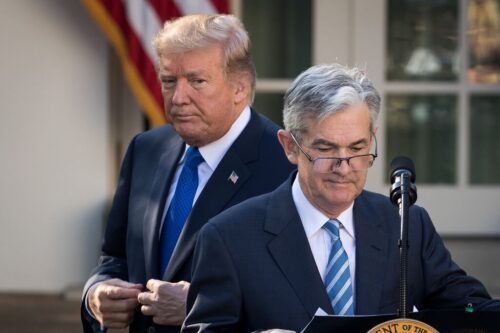Massachusetts is boosting the maximum period for collecting jobless benefits to 30 weeks — a move that will strain the state’s unemployment trust fund, which is quickly running low on money.
The Executive Office of Labor and Workforce Development said on Tuesday that the seasonally unadjusted 12-month average jobless rate in the Springfield metropolitan area reached 5.2 percent in March. That figure triggers a provision in state law that increases the benefit period from 26 weeks — the default when unemployment is lower.
The extended payouts will apply statewide even though Springfield is the only metro area to hit the 5.2 percent threshold. Benefit coverage will revert to 26 weeks only when the average rate is 5.1 percent or lower in every metro region. The shorter payout window had been in place since July 2023.
“This change is required by state law that was passed in 2003,” said Matthew Kitsos, a spokesperson for the state labor department.
The statewide jobless rate without seasonal adjustments was 5 percent in March. Unemployment adjusted for seasonal factors, the more commonly reported figure, which was 4.4 percent last month, the highest since October 2021.
The change is unwelcome news for local employers, who finance unemployment benefits through payroll taxes. Massachusetts has among the most generous jobless programs in the country and is the only state to allow recipients to collect 30 weeks of payments.
“The cracks in our broken unemployment insurance system are now becoming chasms,” said Christopher Carlozzi, Massachusetts state director for the National Federation of Independent Business. “This is yet another example of the commonwealth’s outlier policies compounding a worsening UI crisis.”
Businesses are already paying back nearly $5 billion in federal money, including $2.1 billion that was improperly used for state benefits, an error made by the Baker administration. The state estimates that the unemployment insurance trust fund will be insolvent by 2028.
Governor Maura Healey has asked Labor Secretary Lauren Jones and Matthew Gorzkowicz, her secretary of administration and finance, to conduct a review of the unemployment program’s solvency and suggest reforms. The administration will work with business and labor organizations as part of that review.
Here are the 12-month average unemployment rates, seasonally unadjusted, for metros across the state.
Amherst Town-Northampton – 3.9 percent
Barnstable Town – 4.9 percent
Boston-Cambridge-Newton (includes part of southern N.H.) – 3.8 percent
Pittsfield – 4.1 percent
Providence-Warwick, R.I. (includes parts of southeast M.A.) – 4.8 percent
Springfield – 5.2 percent
Worcester – 4.2 percent
Healey administration reaches deal with federal officials on $2.5 billion bill for unemployment insurance paymentsHow a $2.5 billion error could be an opportunity to fix the state’s ailing unemployment systemIn a nasty surprise, state learns it erred by using $2.5 billion in federal money to pay jobless claims




Comment count: